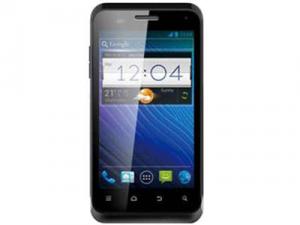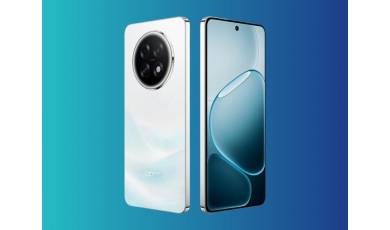ZTE Blade C V807 specs.
Mobiles >> ZTE >> ZTE Blade C V807| Specifications | Reviews | Secret codes |
| Unlock phone | Root phone |
| Backup | Flash Firmware | Screenshot |
| Hard Reset |

Type ZTE Blade C V807
Phone Type:
Smartphone
Basic Spec ZTE Blade C V807
Smart Phone OS: An operating system (OS) is software that interacts between a user and a smartphone.
An operating system (OS) is software that interacts between a user and a smartphone.
Android
Smart Phone OS ver.:
4.1 Jelly Bean
Shape:
Bar
SIM:
Dual SIM
Processor Speed:
1GHz Dual core
Internal Storage:
4GB EMMC
RAM: Random Access Memory
Random Access Memory
512MB DDR
External Storage:
microSD, up to 32 GB
Battery life:
Screen ZTE Blade C V807
Screen Size: This diagonal display size is usually measured in inches.
This diagonal display size is usually measured in inches.
4inch
Screen Resolution: Screen resolution refers to the size of the image received on the screen in pixels
Screen resolution refers to the size of the image received on the screen in pixels
800x480
Touch Screen:
yes
Screen Type:
TFT capacitive touchscreen
Network ZTE Blade C V807
Network Type:
GSM / HSPA
2G: Second generation cellular network
Second generation cellular network
GSM 900 / 1800 / 1900
3G: Third generation cellular network
Third generation cellular network
HSDPA High-Speed Downlink Packet Access 900 / 2100
High-Speed Downlink Packet Access 900 / 2100
4G(LTE):
Speed:
Wireless LAN:
yes
Bluetooth: Bluetooth is used to exchange data between nearby mobile devices.
Bluetooth is used to exchange data between nearby mobile devices.
yes
infrared transmission:
Hotspot/Tethering:
Camera ZTE Blade C V807
Pixels:
3MP FF
Flash:
Image Stabilization:
Others ZTE Blade C V807
Waterproof:
GPS: Global Positioning System
Global Positioning System
yes
Size ZTE Blade C V807
Dimensions (WxHxD):
124 x 64 x 11mm
Weight:
Comments, Questions and Answers about ZTE Blade C V807
Ask a question about ZTE Blade C V807






